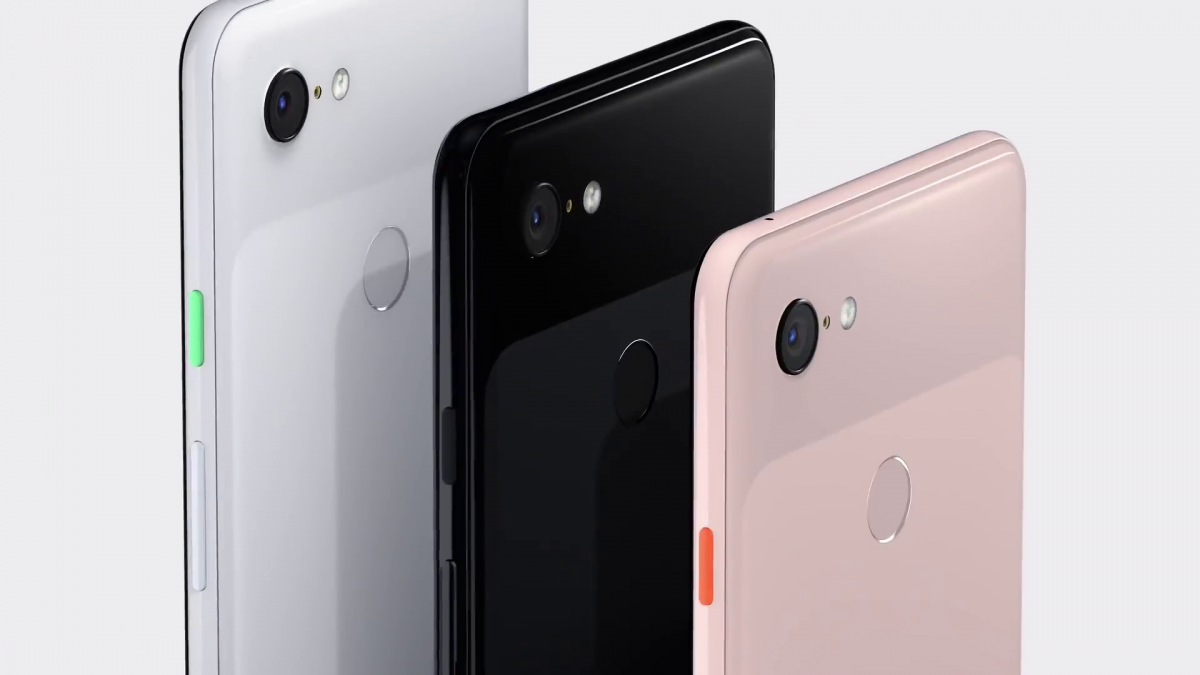Google was one of the first companies to provide eSIM in their phones with the Pixel 2 and Pixel 2 XL. Since then other companies such as Apple have added eSIM to their phones making it easy to have multiple SIM cards. This technology basically replaces the need for a physical SIM card by having it built into the device then provisioning it to your carrier with a QR code.
In the Pixel 2 and Pixel 2 XL, Google made it so only Project Fi users could use the eSIM in the phone. As pointed out by Redditor /u/reddlvr, with the Pixel 3 and Pixel 3 XL, Google has opened it up to work on any carrier that supports it. It is easy to set up too, all you need to do is scan a QR code or numerical code provided by your carrier.
In the United States, it seems as though AT&T, Verizon, and T-Mobile all support or will support eSIM. Looking a bit closer it seems as though none of the carriers have the ability to give out QR codes to scan the eSIM into your device. In India, Reliance Jio and Airtel both support the technology. Deutsche Telekom, T-Mobile's parent company out of Germany, also has support for eSIM and they seem to be providing QR codes for their customers already. Andres Proschofsky was able to confirm this on Twitter by posting a screenshot of it working for him.
Even though Google has added support for non-Project Fi customers, it doesn't mean the phone supports dual-SIM in the normal fashion. You can switch between the physical and eSIM carriers. This is likely because the device only has one IMEI number instead of the two required for dual-SIM.
If your carrier supports eSIM but isn't giving out QR codes or numerical codes yet, just wait. This is a very new technology so it will take some time for carriers to catch up. T-Mobile US has confirmed that it is coming but does not have a date for when yet. Since the Pixel 2 supports eSIM it is possible it could get an update with the ability to use another carrier. It does seem very unlikely Google will do this though.

